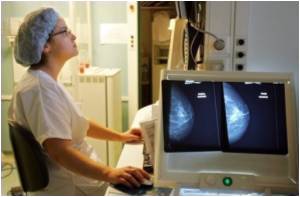Researchers have discovered how cells decide what to recycle and have captured it on camera.

Researchers at the McGill University have discovered how the cell identifies this first amino acid.
"There are lots of reasons cells recycle proteins - fasting, which causes loss of muscle, growth and remodeling during development, and normal turnover as old proteins are replaced to make new ones," explained lead researcher, Kalle Gehring.
"One way that cells decide which proteins to degrade is the presence of a signal known as an N-degron at the start of the protein. By X-ray crystallography, we discovered that the N-degron is recognized by the UBR box, a component of the cells' recycling system," he said.
Apart from representing a major advance in our understanding of the life cycle of proteins, the research has important repercussions for Johanson-Blizzard syndrome, a rare disease that causes deformations and mental retardation.
This syndrome is caused by a mutation in the UBR box that causes it to lose an essential zinc atom. Better understanding of the structure of the UBR box may help researchers develop treatments for this syndrome.
Advertisement
Source-ANI









